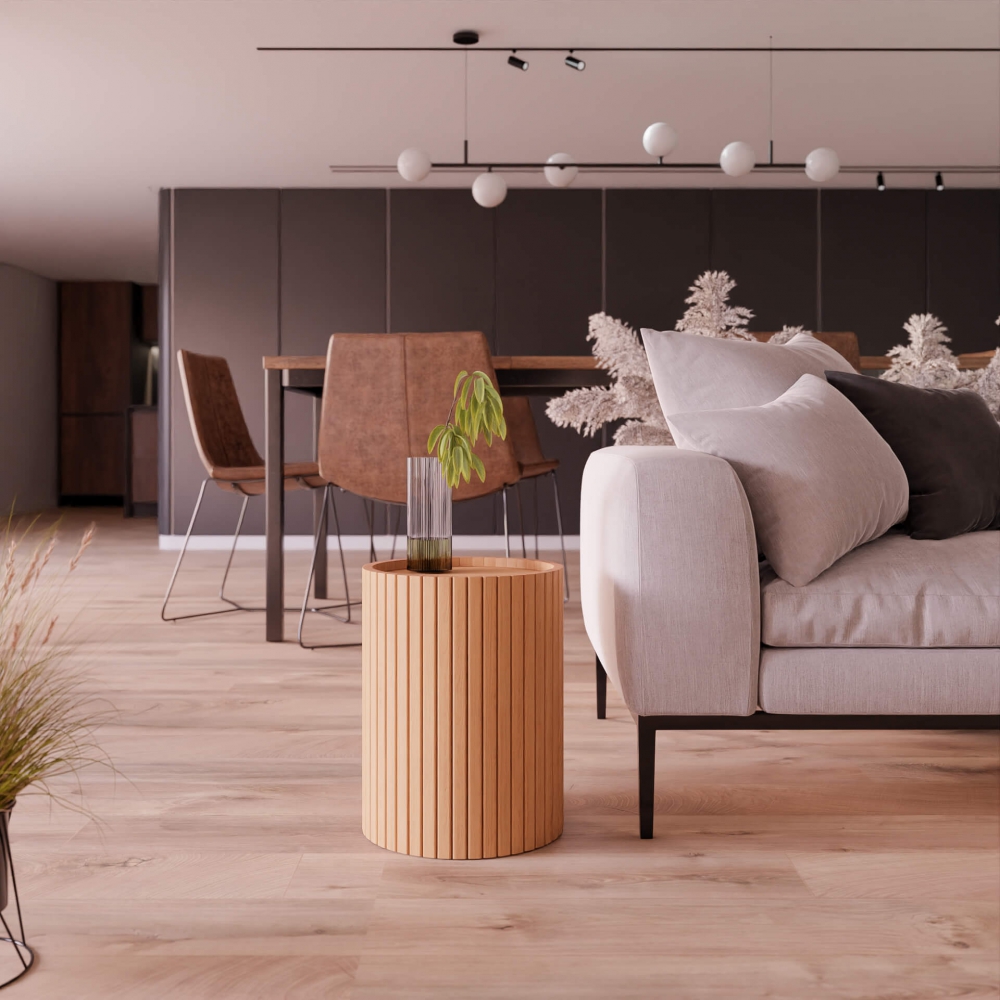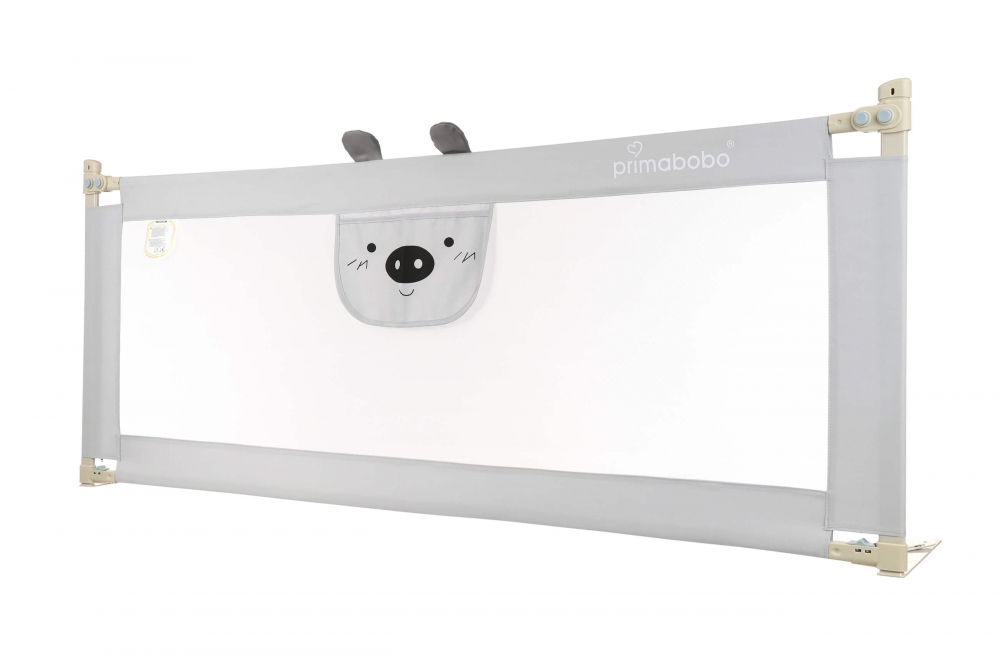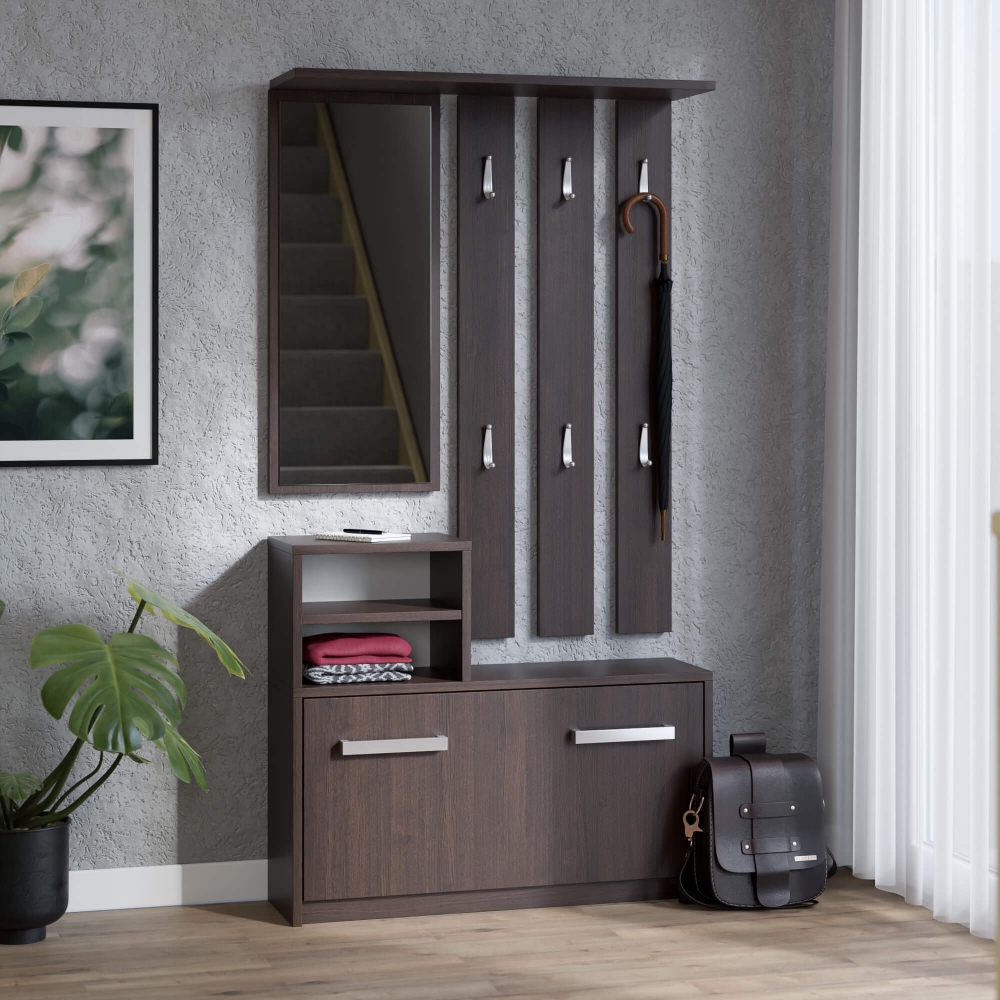Blog
Product photography or 3D product visualisation?

Product photography or 3D product visualisation?
Product photography or 3D product visualisation? These are two techniques that play a key role in presenting products to potential consumers. In today's competitive marketplace, companies are striving to catch the attention of customers and stand out from the competition. While traditional product photography has been widely used for decades, technological advances have led to the emergence of 3D product visualisation as an alternative approach. In this article, we will explain exactly what product photography and 3D visualisation are. We will discuss the benefits and limitations of both techniques, aiming to help companies make informed decisions about which method best suits their needs.

What is product photography and how do you take better product photos?
The art of capturing the essence and intricacies of a product through visual presentation called product photography, is an invaluable tool in marketing and advertising. The technique involves the skilful composition of images that present products in their most favourable light, such as packshot photos against a white background. The use of a variety of lighting techniques and settings helps to highlight their main features, making them more appealing.
Not happy with Your photos? Wondering how to take better product photos? Product photography is a process that requires the right preparation of both the product and the lighting, background or selection of props to complement the product and create visually appealing images capable of attracting potential customers. To improve your skills in this area, it is worth understanding the basic principles of effective product photography. This form of photography is an indispensable tool in building a positive brand image and attracting customers, so it is worth taking the time and effort to learn this art or use the services of professionals.


What is 3D visualisation and its benefits
3D visualisation refers to the creation of digital presentations of products or objects that can be viewed from different angles and perspectives. This technique allows for a more interactive and immersive experience compared to traditional product photography. When it comes to 3D visualisations - the advantages are numerous. One is their ability to showcase intricate details and features that cannot be easily captured in a photograph. Additionally, they offer versatility in terms of personalisation, allowing virtual settings and backgrounds to be easily customised to suit individual needs or brand requirements. Furthermore, 3D visualisation eliminates the need for physical prototypes, reducing production costs and allowing for faster turnaround times.



Product photography or 3D product visualisation?

Product photography and 3D visualisation are two methods of presenting products in a visually appealing way. When it comes to product photography, professional photographers take pictures of actual physical products using high-quality cameras and lighting techniques. On the other hand, 3D product visualisation involves the creation of virtual product models using computer-generated imagery - CGI (Computer Generated Imagery) or rendering software, known as product rendering. This allows greater flexibility in presenting different angles, colours, textures and even interactive features that may not be possible with traditional photography alone.
3D visualisations vs product photography - the advantages and benefits they offer can enhance marketing efforts and consumer engagement. Firstly, they provide a realistic representation of the product, allowing potential customers to visualise what it will actually look like. This helps build trust and confidence in the brand, as consumers feel better informed at the time of their purchase decision. Secondly, these visual representations allow companies to effectively showcase their products across platforms such as websites, social media and print advertising.
How much does product visualisation cost and what are its benefits?

Being able to present consistent and high-quality visuals increases brand recognition and leaves an indelible impression on customers.
The final choice between product photography and 3D visualisation depends on the desired effect and a number of factors, such as budget, marketing campaign objective, and target audience. While some industries may benefit from using both approaches, others may find one method more suitable for their needs. In all cases, the key is to ensure a consistent, high-quality product presentation to effectively capture customers' attention and increase engagement.
How much does product visualisation cost and what are its benefits?

The benefits of 3D product visualisation have gained significant attention in recent years. While some may argue that traditional product photography is a cheaper option, it is important to realise the benefits of 3D visualisation. One of the primary advantages of product visualisation is the ability to create realistic renderings without the need for physical prototypes or expensive photo shoots. Additionally, 3D visualisations allow for greater flexibility in terms of customisation and modification, as digital assets can be easily manipulated and adjusted. This not only saves time, but also reduces production costs associated with the repetitions or edits required in traditional photography. In addition, product visualisation provides better control over lighting, angles and perspectives, resulting in visually stunning images that effectively showcase product features and benefits.
One potential objection to the use of 3D visualisation of a product may be concerns about the initial investment required to create high quality 3D models and CGI renders. However, it is important to note that although there may be an initial cost involved in developing these assets, they can prove highly cost-effective in the long term. Once created, these digital assets can be reused again and again in a variety of marketing materials, such as websites, advertising and packaging designs. This eliminates the need to constantly invest in new photo shoots or changing physical samples for promotional purposes. Therefore, when looking at 3D visualisation in this way - the disadvantages turn into advantages, and how much it costs to visualise a product translates into results. The cost-effectiveness and numerous benefits offered by 3D visualisation outweigh any concerns about the initial investment costs. As the technology continues to evolve and become more accessible, companies are increasingly recognising the value of incorporating 3D visualisation into their marketing strategies.
#fotografiaproduktowa#packshot#render3d#wizualizacja#realizm#e-commerce#sztucznainteligencja#rendering

Rafał
Specjalista ds. marketingowo-handlowych